10 ways to make your full-time indoor Maine Coon cat happy
Here are 10 ways to help make your full-time indoor Maine Coon cat happy. It's probably a foregone conclusion that you will keep your Maine Coon cat indoors full-time. This is the way it should be with such a beautiful purebred cat but you will need to do what you can to keep him or her content. Here's a list of ways to achieve it. Below the list is Jackson Galaxy's video on the topic. The list comes from his video as you might expect. I have added my thoughts.
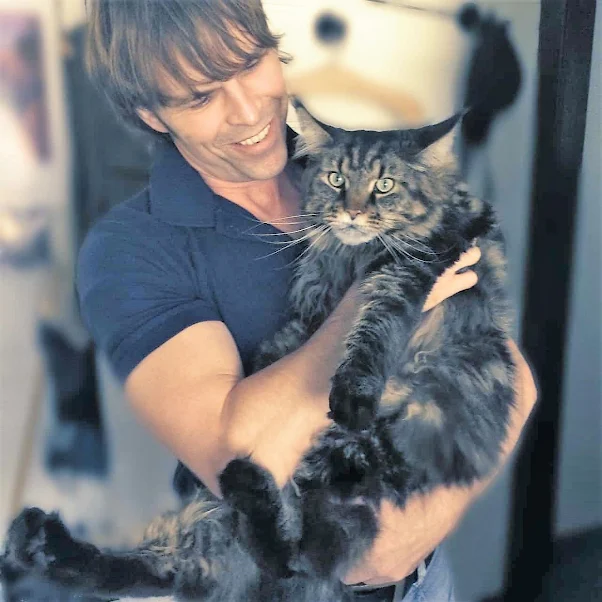 |
| Maine Coon and owner. Photo in public domain. |
Galaxy is a cat behaviourist who, in general, believes in full-time indoor cats provided you do all you can to make your cat happy. Keeping your cat indoors full-time keeps them safe; the first priority of a cat caregiver. The second is to make them happy, as happy as possible and there are greater challenges to achieve this when they are confined to the indoors. That's obvious and perhaps doesn't need to be stated but I think Galaxy strikes a very nice balance between safety and happiness.
RELATED: Can Maine Coons live outside?
It does require quite a lot of input from the human caregiver. This is an aspect of cat ownership which can probably be forgotten a little bit sometimes. It is easy to become a bit complacent as a cat owner. I do myself. You are too busy and you're chasing around the place and you don't really give your cat enough of your time. It's about allocating a certain amount of time to your cat on a daily basis. It's two-way traffic. They entertain us and we've got to entertain them.
RELATED: How do I make my cat happy?
Here's the 10 point list:
Catification - this is a Jackson Galaxy made-up word and a very good word. As you probably know, it means to enrich the environment for your cat's benefit. He explains this in detail in the video so I won't go over it here. Essentially it means creating vertical spaces and allowing a cat to express their raw instincts as inherited from their wildcat ancestor. In this way you generate 'cat mojo'. Catios are the ideal compromise.
 |
| Super catio. A great way to improve the mood of an indoor cat. Screenshot. |
Litter boxes - these are more than just places to defecate and urinate. They are a signal to others that this is a cat's territory. They are part of the structure of a domestic cat's territory.
Play - playing with your cat is very important. I for one don't do enough of it. It does require an effort. But for a cat, play is as near as they get to hunting, catching, killing and eating prey animals. This is at the core of their being. It is what makes them happy. They need to express this innate desire.
Puzzle toys - puzzle toys are designed to be a challenge to a domestic cat. This in turn is designed to stimulate the brain, to keep the brain more active. I've just written an article about how the brain size of domestic cats has shrunk over the 10,000 years of domestication. One reason is because they are not stimulated enough 😢. They're too passive. A brain needs to be exercised. The other reason is because domestic cats have been selected for their tameness because it makes them more pliable.
Harness training - Jackson Galaxy believes that if your cat is a full-time indoor cat, you should see whether you can train her to go outside on a lead. Cats don't naturally take to being walked on a leash but they will learn to do it. Give them time. He does stress, however, that some full-time indoor cats won't like to go outside because they've been so acclimatised to the quiet, indoor life. But putting your cat on a lead allows an indoor cat to experience the outside safely. An important aspect in making them happy.
Training - This is an extension of the above. You need to train your cat to accept a harness and lead. But you can extend the concept of training your cat to other areas of their lives. Dr. Fogle, says that domestic cats can benefit of being trained. Perhaps it is because it is stimulating and a challenge. This is part of enriching the environment of a domestic cat. It's part of stimulating the brain. And training allows you to do some things with cats that you can't normally do. It also improves interactions between cat and person.
Cats should be with other cats - what he is saying here is that if you adopt a kitten, you should adopt two kids together that get along well. Cats are going to be happier if they have a feline friend with them at all times. They can then interact with another cat rather than solely with a human. This is more natural to them. They can entertain themselves. This makes them happier. Clearly the success of this idea depends upon a good introduction and if possible careful selection so the cats have compatible characters.
Routine, ritual and rhythm - cats love these three aspects of their life. The human caregiver can generate these with their own routines and rhythms. The rhythms of the human caregiver should merge with those of the cat. They become integrated. Cats like rhythms and routines because they create a sense of security. They are reassuring to a cat which leads to happiness.
Spaying and neutering - if, your cat is unsterilised and a full-time indoor cat they are liable to be unhappy because they cannot express those strong motivators which for the female is to mate with a male and from male it is to mate with a female and defend their territory. You need to remove those desires in order to make them happier. Neutering and spaying achieves this. An unsterilised domestic cat living indoors all the time is likely to have a huge amount of mental conflict. That is a recipe for unhappiness.
Be with your cat - the last one is the obvious one. Try and spend as much time with your cat as possible. We love their company and that feeling is reciprocated.


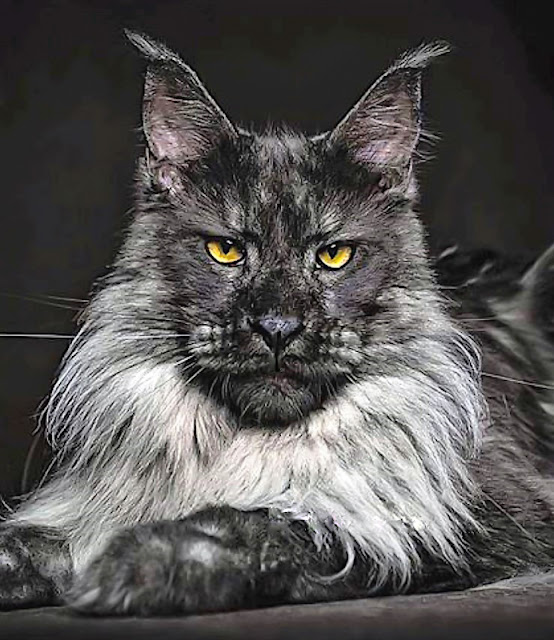



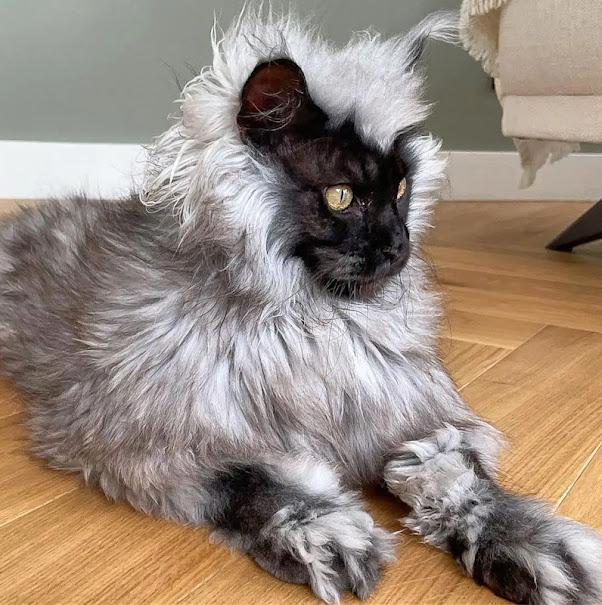

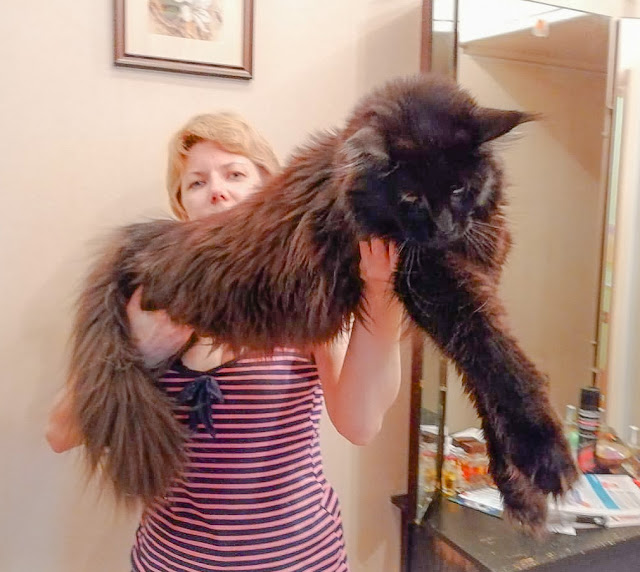
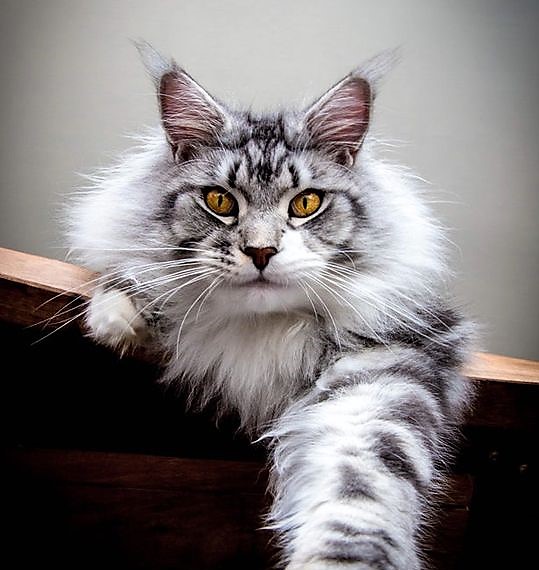
Comments
Post a Comment
Please share your Maine Coon experiences.